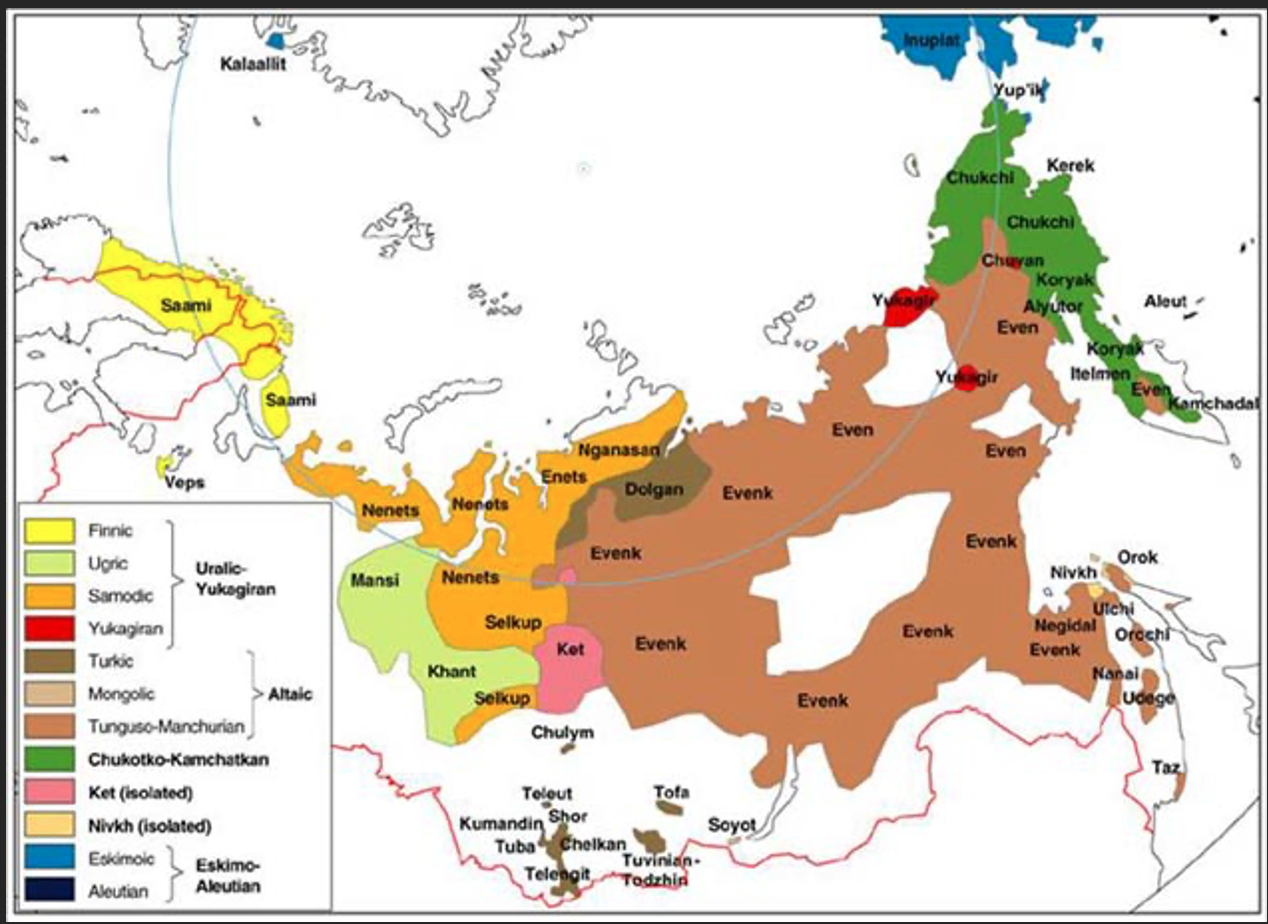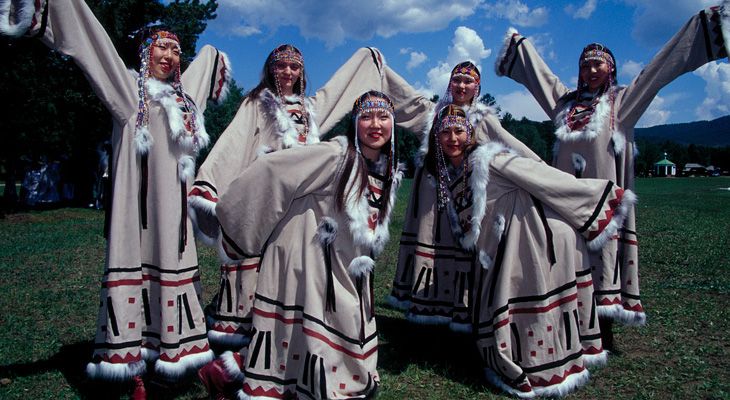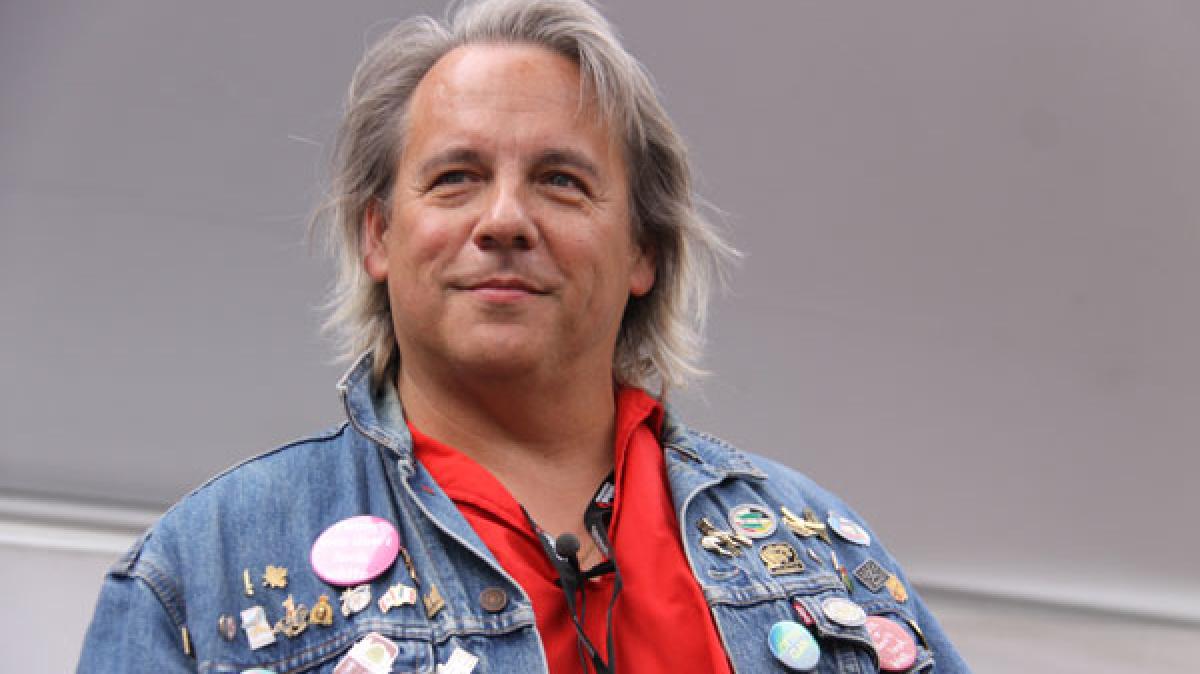Nation Spotlight: The Evenks
The Evenks are unique because of their transnational presence in Russia, China, Mongolia and Ukraine. Though they maintain a presence in all these countries, they are most numerous in Russia and China, where censuses indicate their populace to be an estimated 38,000 and 31,000 people respectively. In Russia, the Evenks inhabit a large landmass, spanning from Siberia to Kamchatka.

Lifestyle & Food: Considering the vast lands that the Evenks inhabit, it is only natural that they have differing lifestyles and food sources. Historically, the Evenks have been nomadic and depending on location engaged in either fishing, deer hunting, or cattle raising and agriculture. Given the land that the Evenks live on is subject to continuous or discontinuous permafrost, it has been challenging for a “European” populace to permanently settle there. Thus, until roughly the early 20th century, the Evenks lived peacefully on an isolated landscape with very little European influence. This meant that until then, they preserved their culture more effectively than more integrated Indigenous communities.
Handicrafts: Handicrafts can give insight into an indigenous nations culture and values. For the Evenks, these consist of more modern crafts, such as “fur and leather processing, sewing clothes and blacksmith work” and “bone and wood pattern carving as well as bead embroidery.” The Evenks are especially known for their distinctive and utilitarian clothing.

Religion and Spirituality: In this class we have reflected at length about how euro-centric religion (specifically Christianity) has often usurped local Indigenous religion. You may be surprised then to learn that Evenks are considered to follow a form of Christianity. However, this Christianity differs from traditional Western Christianity as it contains elements such as Shamanism and has more of an emphasis on spirits, souls, and animal human relations.
Notable History: The Evenk have been greatly affected in the last century by Russian expansionism and resource exploitation that has been reflected in domestic policy. During the Russian Revolution, an increase in peasant displacement in Northern, Southern, and Eastern Russia saw many reindeer killed (inspired by the fur trade). Thus, the Evenks were forced to resort to non-traditional methods of subsistence and lost this important element of their culture. Later, during the early Soviet era, collectivization policy meant the government tried to eliminate the Evenk nomadism, in favour of a sedentary agricultural lifestyle. Fortunately, this failed and a large majority of the Evenk population remains nomadic today. The modern day Russian policy is still not friendly to the Evenk people, with numerous human rights violations still occuring.
In fact, as scholar Joachim Otto Habeck notes, the resource rich lands that the Evenk inhabit are currently being threatened by plans for new resource exploitation, which he notes “is scheduled to begin in the near future.”
To read more please visit the following sources for this post on: The History of the Evenk. Russo-Indigenous Relations.



